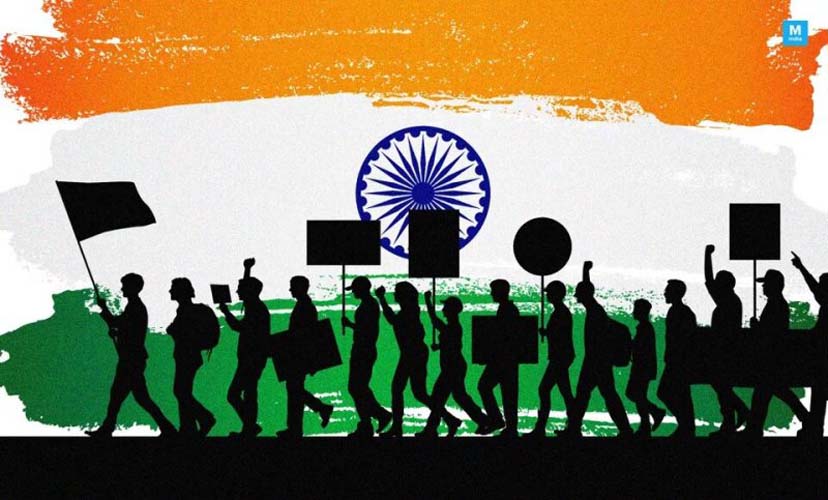The outcry against almost every step that the Narendra Modi government takes, started right from the time he was elected as Prime Minister in May 2014. This has reached cacophonic proportions in his second term especially because he has been on mission mode, correcting what are perceived to be history’s mistakes. Be it modifying Article 370 to end the special status given to Jammu and Kashmir, to the passage of the Citizenship Amendment Act (CAA), the Prime Minister has been moving at breakneck speed to tear apart decades of ideological cobwebs and mould India into his vision of an inclusive nation. Needless to say, this vision is far removed from the Nehruvian “idea of India”, which is exclusivist in nature, with, more often than not, minorities being treated more equally than the majority. A people tired of just Nehru’s “idea of India” have given two successive mandates to PM Modi, knowing full well the agenda he has on his plate. To PM Modi, his Bharatiya Janata Party and its ideological mentor, the Rashtriya Swayamsevak Sangh, issues such as “removal” of Article 370 et al have been articles of faith. These were hard decisions that were pending sometimes for 70 years, with successive governments too scared of treading the path unknown. The PM decided to tread that path and decades of apprehension were put to rest when even after taking as momentous a decision as the one on Article 370, Kashmir remained peaceful, by and large. Compared to that the aftermath of the passage of CAA—which eases the process of citizenship for six religiously persecuted minorities from three countries—was expected to be smoother. Instead, the country is witnessing with dismay a deliberate attempt to whip up passions and the unleashing of a misinformation and disinformation campaign to put the largest minority community on the edge. In spite of the government repeatedly saying that CAA is about giving citizenship, and not taking it away, large protests have been organised in different parts of the country, and deliberate incitement has taken place. This has sometimes resulted in major incidents of violence and arson, and at other times, has led to protests and demonstrations that have disrupted civic life and caused immense hardships to citizens, Delhi’s Shaheen Bagh being a case in point. Such is the misinformation and disinformation campaign against a law passed by Parliament that it has started affecting India’s image globally, but then that was the primary target of forces inimical to India’s interests operating from both inside the country and outside. Sadly, many inside the country are also unwittingly playing into the hands of these forces and are ending up defaming
What is also surprising is the lack of effective communication on the government’s part to clear the air about issues such as the CAA and Article 370 amongst others. Refusing to talk to the media because it is “biased” is poor policy, especially at a time when a narrative completely counter to the truth is gaining ground internationally. It is also a fact that domestically the government may have handled the fallout of the Article 370 move reasonably well, but its response to the anti CAA protests has been late in coming. The groups opposed to PM Modi will play its game of misinformation and disinformation, but the government should have been better prepared and disseminated its message better, particularly to a section of the youth, who have been misled and will possibly end up ruining their own careers and thus their lives. Such waste is bad for India. It is time the government realised that it is losing the battle of optics.

